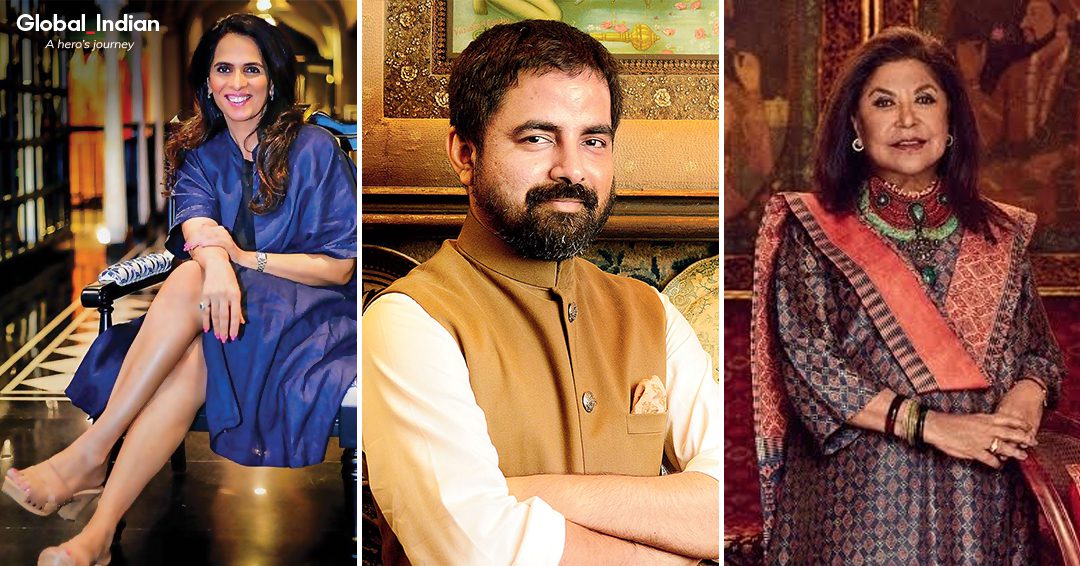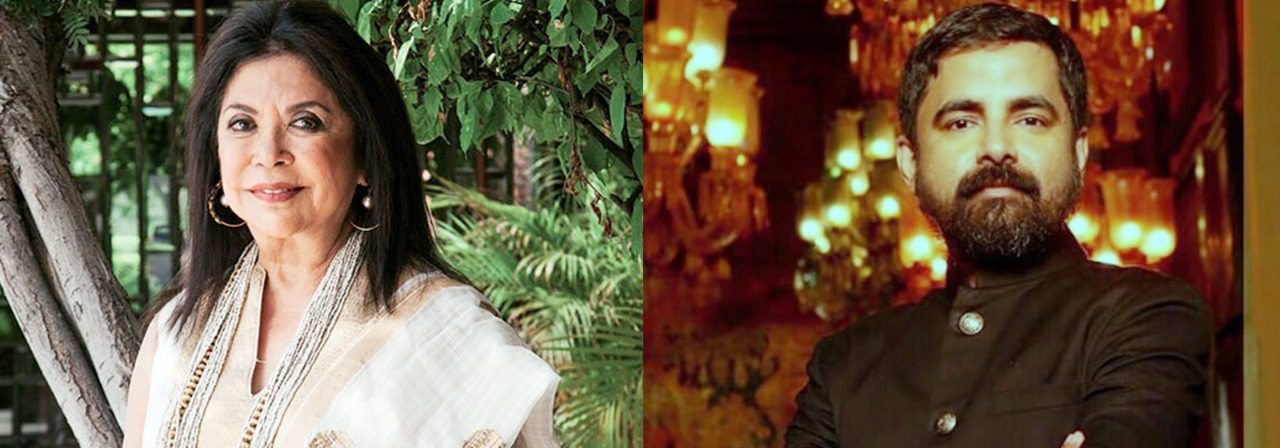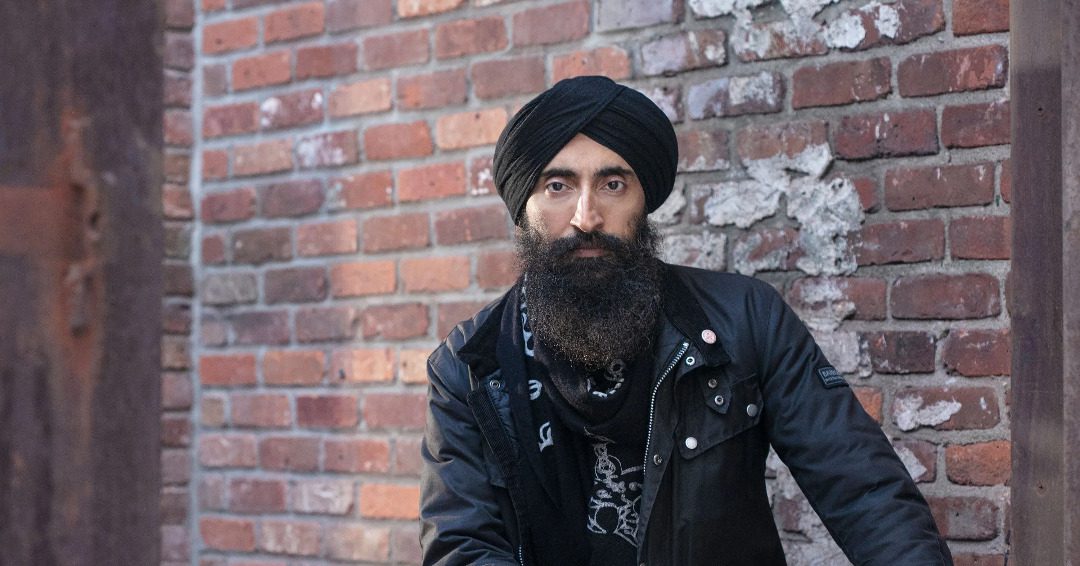(August 7, 2021; 10 am) A riot of colors accompanied by intricate patterns is what makes a woven fabric appealing. For decades, India has been a multi-cultural melting pot with diverse textiles and handlooms to its credit. It is this diversity that makes Indian designs and weaves alluring to one and all. And some Indian designers are on a mission to introduce this asset to the world, but with a modern touch.
From zardozi to brocade, ikat to embroidery and even khadi, Indian designers are bringing the best of Indian handlooms and designs to the global stage with each collection. On National Handloom Day, we bring to you five Indian designers who are taking Indian textiles global.
Anita Dongre
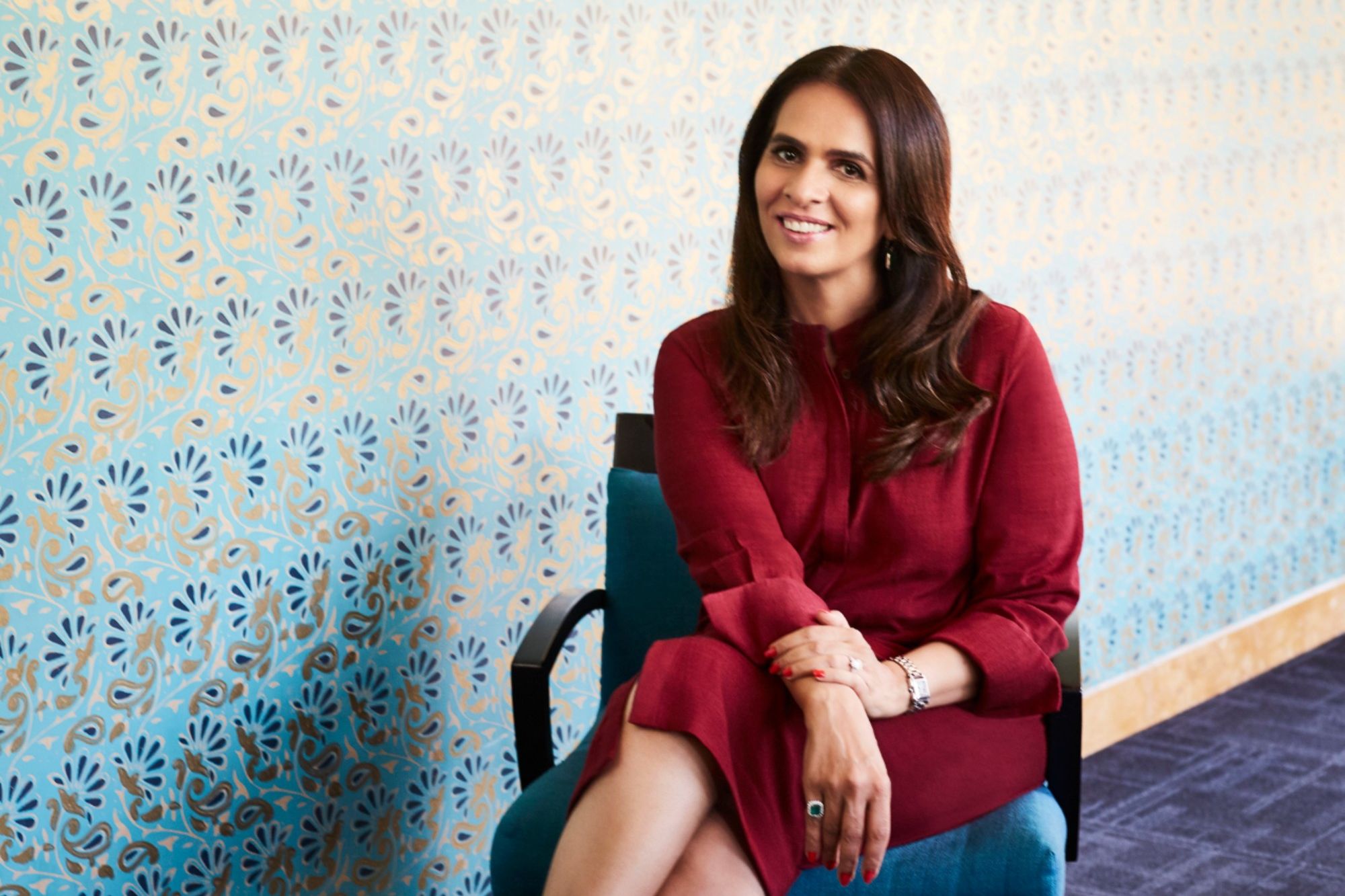
With a flagship store in New York and having styled the likes of Kate Middleton, Beyonce, Hilary Clinton and Arianna Huffington, Anita Dongre is putting Indian textiles on the world map with her intricate designs. One of the earliest champions of sustainable fashion and Indian handlooms, the 57-year-old has given wings to local craftsmen and weavers through Grassroot Foundation which started in 2015. She is one of the few Indian designers who is working to revive traditional crafts and weaving techniques while empowering local artisans and tribal women. House of Anita Dongre, her label, seeks to put out Indian craftsmanship for the world with the sole aim of uplifting artisans. In 2019, she paid a tribute to her artisans by making them walk the ramp at the Lakme Fashion Week. Her latest collection, Crafts of India – An Ode to Bhuj, is proof of her love for Indian crafts and silhouettes. Featuring handwoven fabrics, rich embroidery and intricate patterns, the collection is a perfect tribute to the people and landscape of Kutch.
David Abraham & Rakesh Thakore

For someone who had their handmade collection launched in high-end stores like Selfridges, Harrods, Liberty and Browns in London and Le Bon Marche in Paris in the 1990s, Abraham and Thakore made Indian textile available to Europe many decades ago. It was their love for Indian handlooms and ikat (a traditional dyeing process) revival that brought Abraham and Thakore together. It was in 1992 that they launched their label and started to work with ikat weaves. Their experiments with ikat weaves that made them a global name in the fashion industry as the fabric opened up the floodgates of creativity. Stark, edgy and universal in appeal is the best way to describe their colllections: the designer duo has given a fresh lease of life to the dying art form of ikat. Such has been a buzz about their ikat designs that a sari from their Autumn Winter 2010/11 collection made it to Victoria and Albert Museum‘s permanent collection. Known for their fusion of modernity and tradition, Abraham and Thakore work has put traditional weavers from Andhra Pradesh, Odhisa and Gujarat on the map.
Ritu Kumar
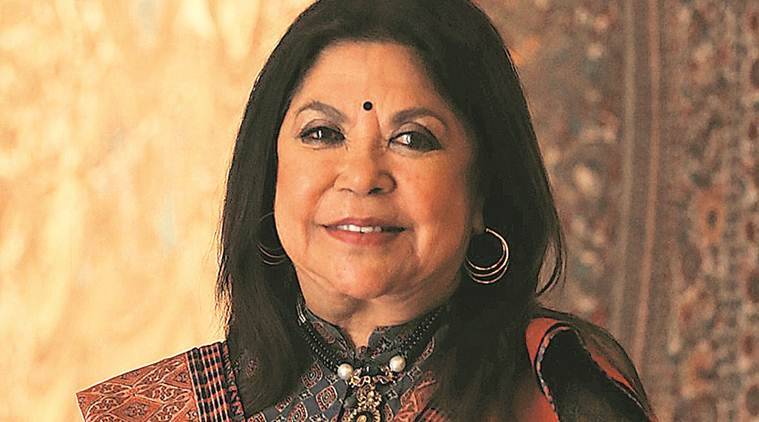
From late Princess Diana to Mischa Barton, Ritu Kumar has styled some of the biggest names at a time when Indian textiles and handlooms hadn’t left the port of India. She began investing in sustainable fashion back in the 1960s, decades before it even became fashionable. The 76-year-old was one of the earliest designers who brought Indian fashion and textiles to the world with her beautiful and intricate designs: she recognized that sustainability was intricately woven into India’s consumption patterns. What it needed was to be polished and refined to present to the international market. Incidentally, Kumar had been doing a museology course in Calcutta when she first came across a group of hand-block printers who’d been left jobless as the art form had begun dying out. That is when she handed them her designs to print on saris and opened a small store. One thing led to another and Kumar’s designs made their way to the international fashion runways.
Kumar redefined the fashion industry by infusing a new lease of life into the dying traditions of hand-block painting, zardozi embroidery and Benarasi brocade, thus giving the community of local weavers and artisans their due.
Sabyasachi Mukherjee
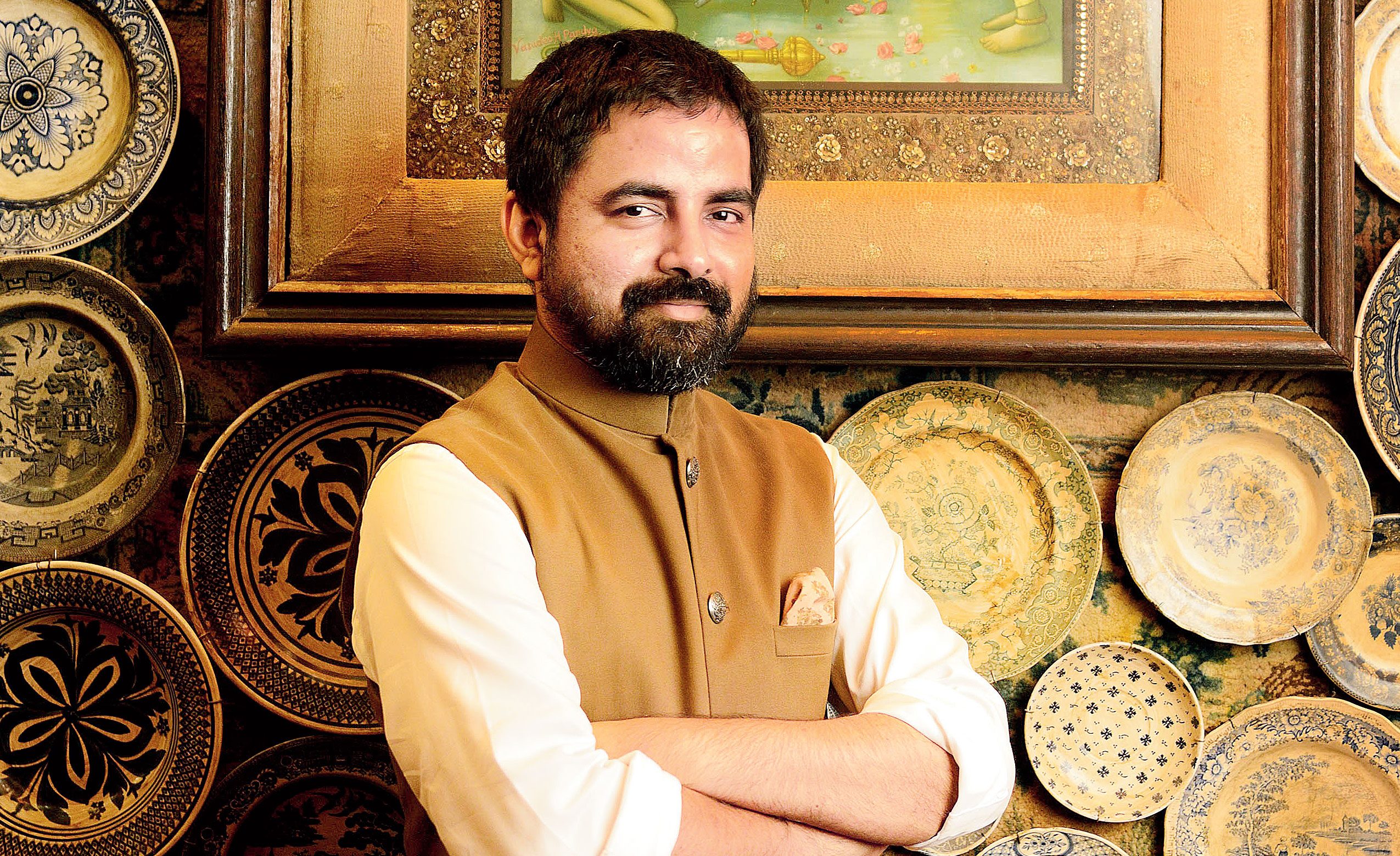
His designs sell like hot cakes in India, but Sabyasachi Mukherjee is also a name to reckon with in the international fashion circuit. While his designs are available in multi-brand luxury boutiques in the US and UK, it is in New York that he has his flagship store. It was 1999 that Mukherjee started his Sabyasachi label and is one of the pioneers in the use of Indian textiles in a modern context. He even started a project Save The Saree wherein he retails handwoven saris on a non-profit basis, and the proceeds go to the weavers of Murshidabad. Over the last few years, he has played an important role in reviving cotton Benarasi sari in pure khadi and handblock prints from Bagru. Mukherjee, who has built his million-dollar business, credits his success to working closely with the grassroot level. Be it the zardozi work or the intricate embroideries, it’s the Indian craft and artists that the 47-year-old designer is backing with each of his collection.
Gaurang Shah
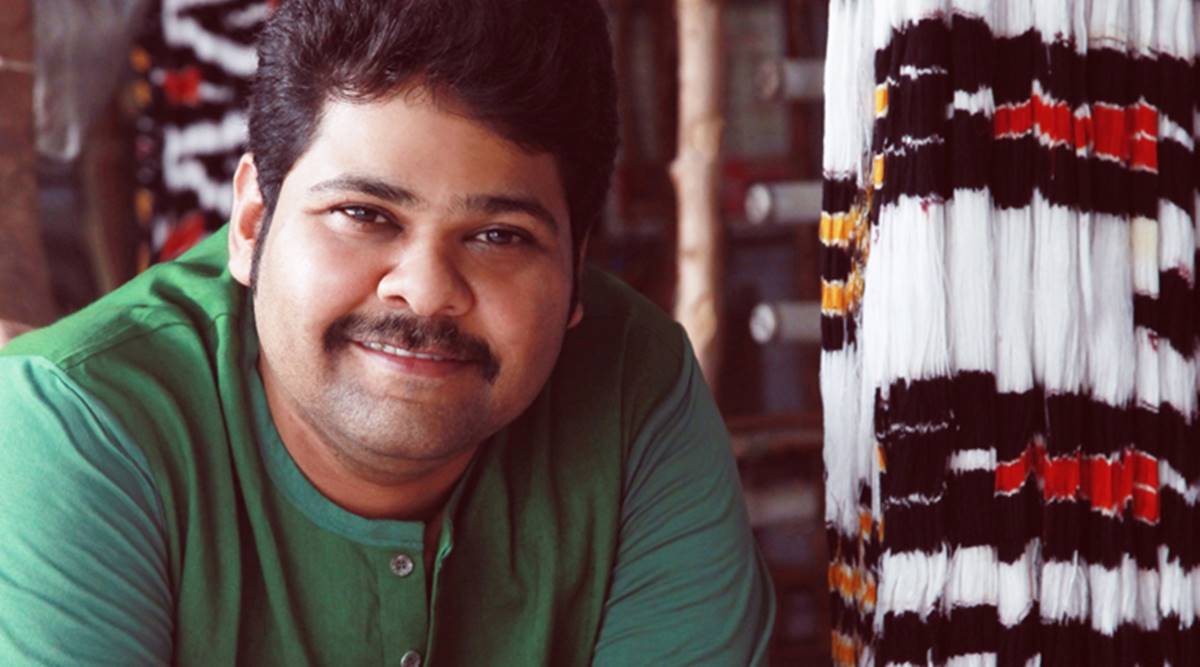
Known as the textile revivalist, Gaurang Shah is one of the those designers who brought Indian handlooms back in vogue. The story that began at his dad’s small sari store when a young Shah fell in love with the art of weaving and decided to create handwoven saris in Khadi, silk and cotton is now breathing a life of its own. In 2001 when traditional handlooms were almost a dying art form, Shah took up the challenge of bracing the handloom back in the world of fashion. His work is a tribute to the Indian textiles and master weavers who are bringing out beautiful fabrics in a traditional way. His collaboration with almost 800 master weavers from Andhra Pradesh, Rajasthan, Kolkata and Chennai has helped him showcase Indian textiles to the global fashion circuit. In 2012, Shah brought Khadi to life at Eco-Designers Lavera Showfloor in Berlin by blending it with jamdani weave and natural dyes. With new-found appreciation for Indian handloom in the US, the National Award-winning designer has been retailing at a New Jersey-based boutique, The Mall at Oak Tree, and making the versatility of Indian textiles and weaves popular in the contemporary world.
Editor’s Take
India is one of those rare countries that still creates textiles coming from the wisdom and brilliance of master weavers using traditional techniques. Many big designers are keeping up with the tradition and making the best of couture with the help of these skilled and talented local artists and weavers, thus helping Brand India shine globally.
Find more fascinating Stories

